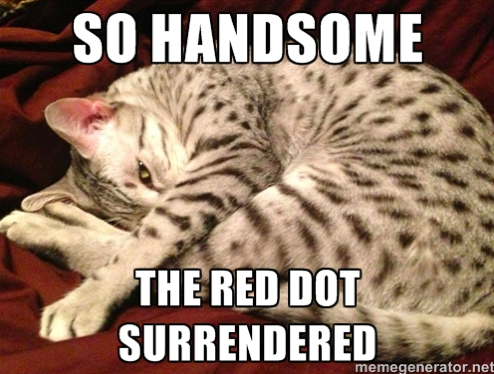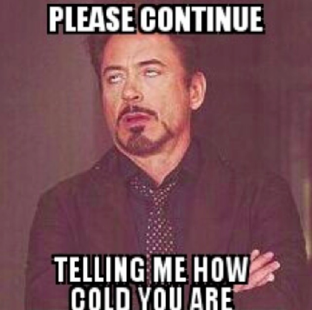Description—The Good the Bad and the Just Please STOP

Odin The Ridiculously Handsome Cat
In the last post, we talked about revisions and how often when we are making those next passes through we need to flesh, cut or refine our description. Can we be really honest about our description? Is it truly remarkable or just filling space? Are we weaving a spell that captures readers or are we boring them into a coma?
Okay, okay, do you have a point?
For those who never use description or very sparse description? Don’t fret. Description (or lack thereof) is a component of an author’s voice.
But obviously all writers will use some kind of description. We have to in order to draw readers into the world we are creating. If we don’t give them anything to sink their teeth into, they will wander off in search of something else.
So whether you are heavy or light on the description, here are some tips on how to do it well…
Avoid “Police Sketch” Description

I assume most of you have watched TV. A witness is asked to give a description of the mugger, murderer, whatever. Well, he was tall, with dark hair and dark eyes. Very muscular.
She was short, blonde and fit.
The reason I (as an editor) don’t care for this kind of description is a good writer is a wordsmith and we should be able to describe characters better than someone who’s been at the wrong end of a purse-snatching. Is there anything wrong with this description? Nah. Just it’s something anyone can do. It isn’t anything unique.

Avoid the “Google Maps” or “Weather Report” Description

Weather can be vital and even its own character (which we will get to). But putting in weather just to tell us it’s snowing? Again, surface. Same with describing a location. Cities, streets, stores can come alive with the right description.
For some help with finding just the right words? Angela Ackerman and Becca Puglisi have put together two setting thesauri, the Urban Setting Thesaurus and the Rural Setting Thesaurus.
Avoid “Info-Dump” Description
I was really bad about this when I was new. I described everything in a room. I believed the reader needed to know all the positions of the furniture, what was on the bookshelves and end tables, the colors of the walls, just to “get” what I was talking about. They didn’t need all that and likely lost interest in the point I was trying to make anyway.
I didn’t give my readers enough credit and most of that information was for me anyway. Novels are for the reader not for us, which is important to remember and easy to forget.
Good description doesn’t automatically mean MORE description



